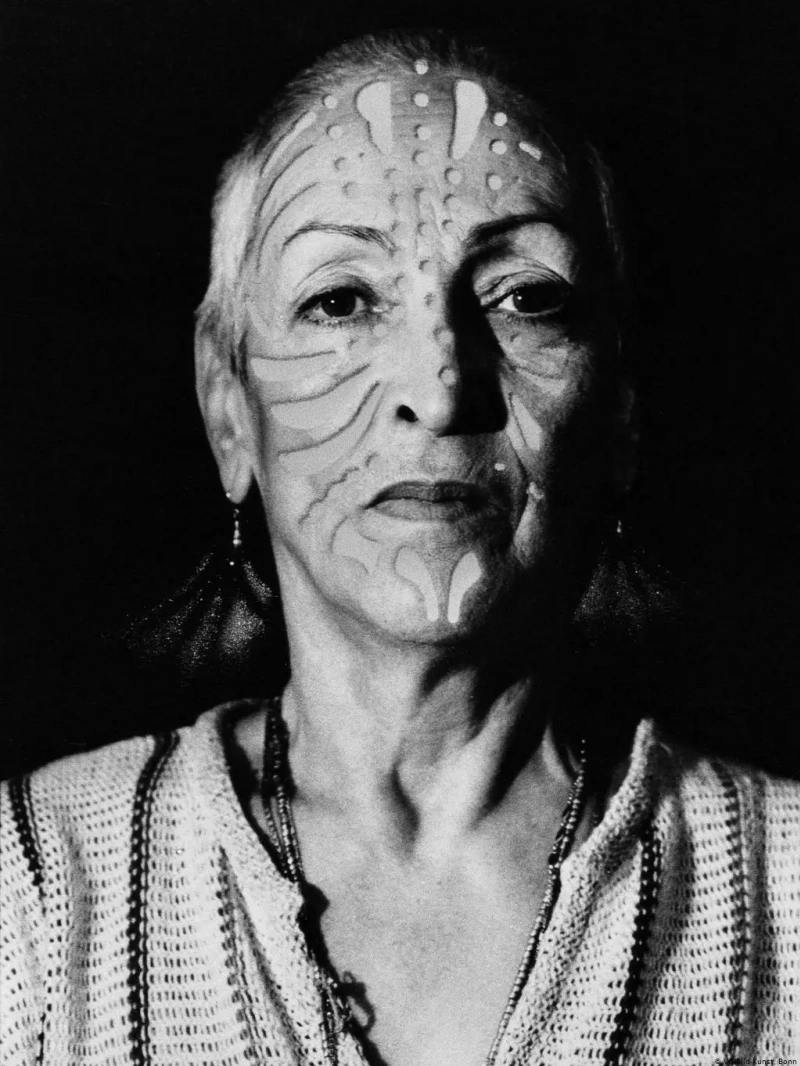log in
Enter site
Login to use Arthive functionality to the maximum
Jean Arp, or Hans Arp (fr. Jean arp, dumb Hans arp; September 16, 1886, Strasbourg - June 7, 1966, Baselb) - French and German artist, sculptor and writer. He was one of the founders of the Dada group (Zurich, 1916). But Arp’s work is associated not only with dada. However, he himself did not seek to relate his name firmly and forever to any artistic movement. Jean Arp was familiar with Kandinsky, worked on the expressionist almanac "The Blue Horseman." His three-dimensional compositions and collages have the features of abstract art. Surrealists and constructivists were close to him. “Arp was the most abstract of the surrealists and the most surreal of the abstract”- said the gallery owner Denise René about the artist. “For Arp, Art is Arp”- said about him Marcel Duchampresorting to a pun ("For Arp, art is Arp"). Jean Arp is the author of Hans Richter's short film "Every Day" (Everyday, 1929), in which Sergei Eisenstein starred.
Features of the work of Jean Arp: “Outraged by the slaughter of the 1914 war, we in Zurich are fully committed to art. While the guns rumbled in the distance, we sang, drew, made collages and wrote poems with all our strength ”- so Arp explained the meaning of Dadaist antics. Rather, their meaninglessness: the Dadaists decided to make art meaningless, seeing how meaninglessly human lives are destroyed in war. Arp’s measure of art is not beauty, but chance, his works are created in a new artistic reality, where there is no place for rational and logical. Arp, for example, scatters pieces of paper without any thoughtful order (they say he first climbed the ladder), and then glues them to the places on the cardboard on which they fell, resigned to the will of chance. Or pretending to be reconciled - it is still very suspicious that the paper quadrangles fell on the cardboard, never once touching each other. “Arp believed that the artist should be freed as much as possible from any kind of control: only then will he be able to convey the spontaneity of nature in his works and resist all the creeps of a person to impose his own order on her”, - art historian Will Gomperz explains the essence of the method.
Jean Arp did not consider the artist to be a creator, a creator not only in the sense of an idea, design (giving himself up to chance), but also in the sense of execution: he easily gave out the production of sculptures and collages to outsource his assistants. Arp does not believe that a work of art can be completed: he cuts old collages and finished sculptures into pieces in order to reassemble new ones or declare a fragment as an independent work.
Famous works of Jean Arp: “Squares located according to the laws of chance”, "Tram","The human mass"
Author: Alena Grosheva
Read more
Features of the work of Jean Arp: “Outraged by the slaughter of the 1914 war, we in Zurich are fully committed to art. While the guns rumbled in the distance, we sang, drew, made collages and wrote poems with all our strength ”- so Arp explained the meaning of Dadaist antics. Rather, their meaninglessness: the Dadaists decided to make art meaningless, seeing how meaninglessly human lives are destroyed in war. Arp’s measure of art is not beauty, but chance, his works are created in a new artistic reality, where there is no place for rational and logical. Arp, for example, scatters pieces of paper without any thoughtful order (they say he first climbed the ladder), and then glues them to the places on the cardboard on which they fell, resigned to the will of chance. Or pretending to be reconciled - it is still very suspicious that the paper quadrangles fell on the cardboard, never once touching each other. “Arp believed that the artist should be freed as much as possible from any kind of control: only then will he be able to convey the spontaneity of nature in his works and resist all the creeps of a person to impose his own order on her”, - art historian Will Gomperz explains the essence of the method.
Jean Arp did not consider the artist to be a creator, a creator not only in the sense of an idea, design (giving himself up to chance), but also in the sense of execution: he easily gave out the production of sculptures and collages to outsource his assistants. Arp does not believe that a work of art can be completed: he cuts old collages and finished sculptures into pieces in order to reassemble new ones or declare a fragment as an independent work.
Famous works of Jean Arp: “Squares located according to the laws of chance”, "Tram","The human mass"
Author: Alena Grosheva
-
Artworks liked by10 users
- Artworks in 1 collection and 17 selections
Publication
Exhibitions
All exhibitions of the artist
Untitled (Squares arranged according to the laws of the case)
1917, 33.2×25.9 cm

Tram
1915
Feed

Art on Paper in the Twentieth Centuryexhibition finished

May 19, 2021 − January 31, 2022 Centre Pompidou, Place Georges-Pompidou, Paris, France










